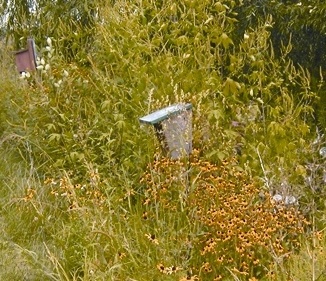Backyard Stream Buffer
What is a Backyard Buffer?
|
|
 |
Why Build a Backyard Buffer?
How to Build a Backyard Buffer
Follow these plans for your home type:
Single Family/Detached Home
Twin/Row Home/Townhome
Condominium
Tip Sheets for building a Backyard Buffer:
#1: No Mow Zone
#2: Green Lawn Basics
#3: Native Plants for Pennsylvania
#4: Tree & Shrub Planting
#5: Composting
#6: Rain Barrel
#7: Porous Pavers
#8: Live Stakes
#9: Invasive Plant Removal
Disclaimer
This website content is provided to you on an “AS IS” and “WITH ALL FAULTS” basis. You acknowledge that you assume the entire risk of loss in using this information, including without limitation any loss incurred by any End User. You further acknowledge that this content is complex and may contain some nonconformities, defects and/or errors. PWD does not warrant that this website will meet your needs or expectations, or that all nonconformities can or will be corrected. PWD assumes no risk, liability or responsibility for the accuracy of this guide. See full disclaimer